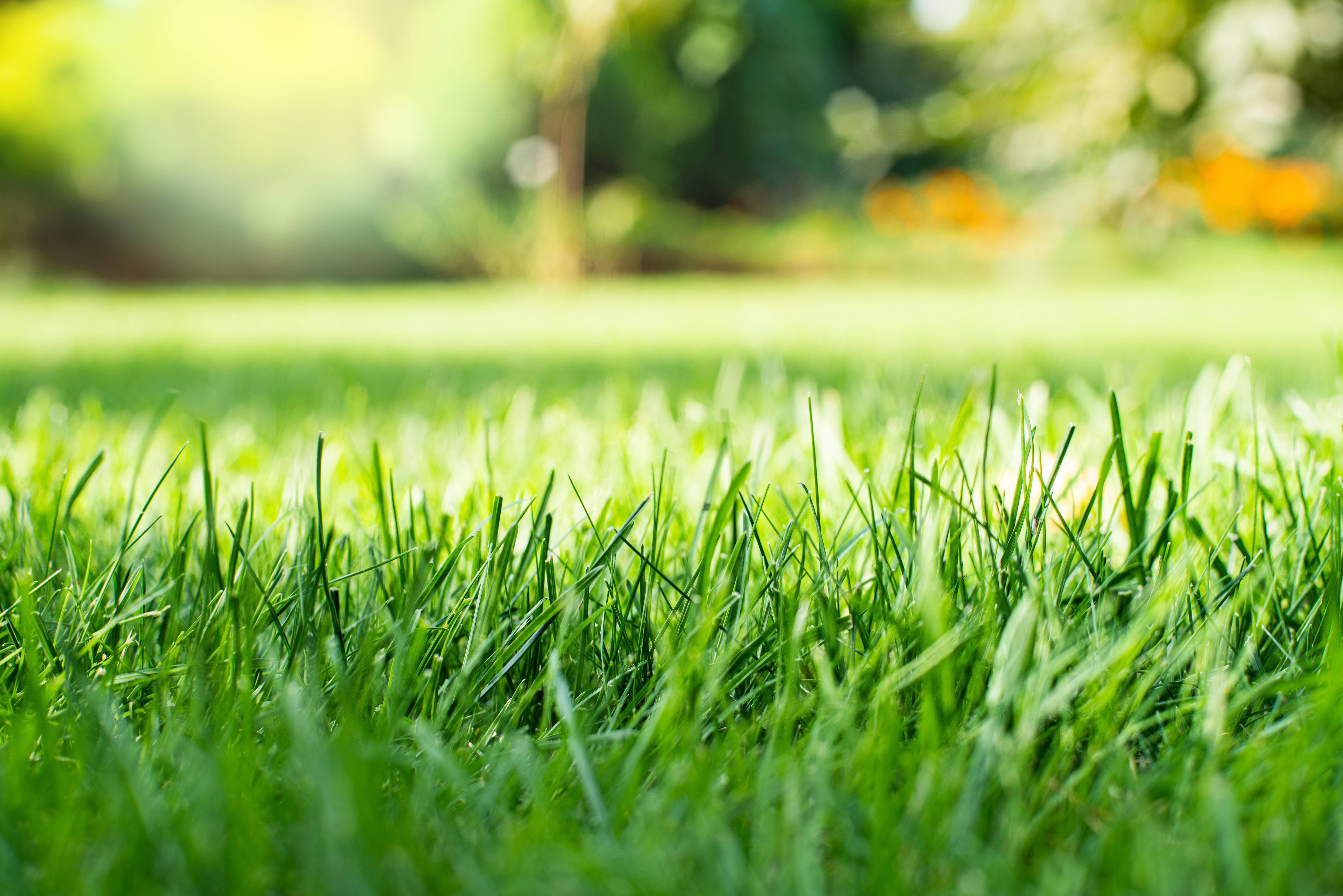
5 Hardy Fish For Your Backyard Pond
How to create a healthy environment and keep them safe from predators.
Growing your own food is nothing new… people have been doing it for centuries. And if you’ve never had the pleasure of growing and harvesting your own produce, now is the perfect time to start.
But if you’ve never planted a veggie garden before, it can seem a bit intimidating. We’ve written this post to help you design your garden, choose the right plants and maintain it properly, so you can enjoy a delicious and bountiful harvest while supporting the environment.
There are many reasons people grow their own fruits, herbs and veggies and decide to incorporate edible plants in their landscapes.
Designing an edible garden requires some planning and effort, but the rewards are worth it. Here are some things to consider to help you get started.
Once you’ve chosen the right location, these tips will help you grow amazing veggies, perfect for those summer salads!
Like any garden, maintaining an edible garden needs regular care and attention. Here are some tips for keeping your garden healthy and productive.
This post gives you the basic information you need to start growing your own vegetables. If you’d like help planning and installing a vegetable garden, reach out — we’re here to help.

How to create a healthy environment and keep them safe from predators.
Sports courts aren’t just for the rich and famous… you can have one too!
Keep your yard ready to enjoy while saving you time and money.
Tips to keep your grass strong and healthy
Like beauty, it really is in the eye of the beholder
What to do when your lawn starts puddling







